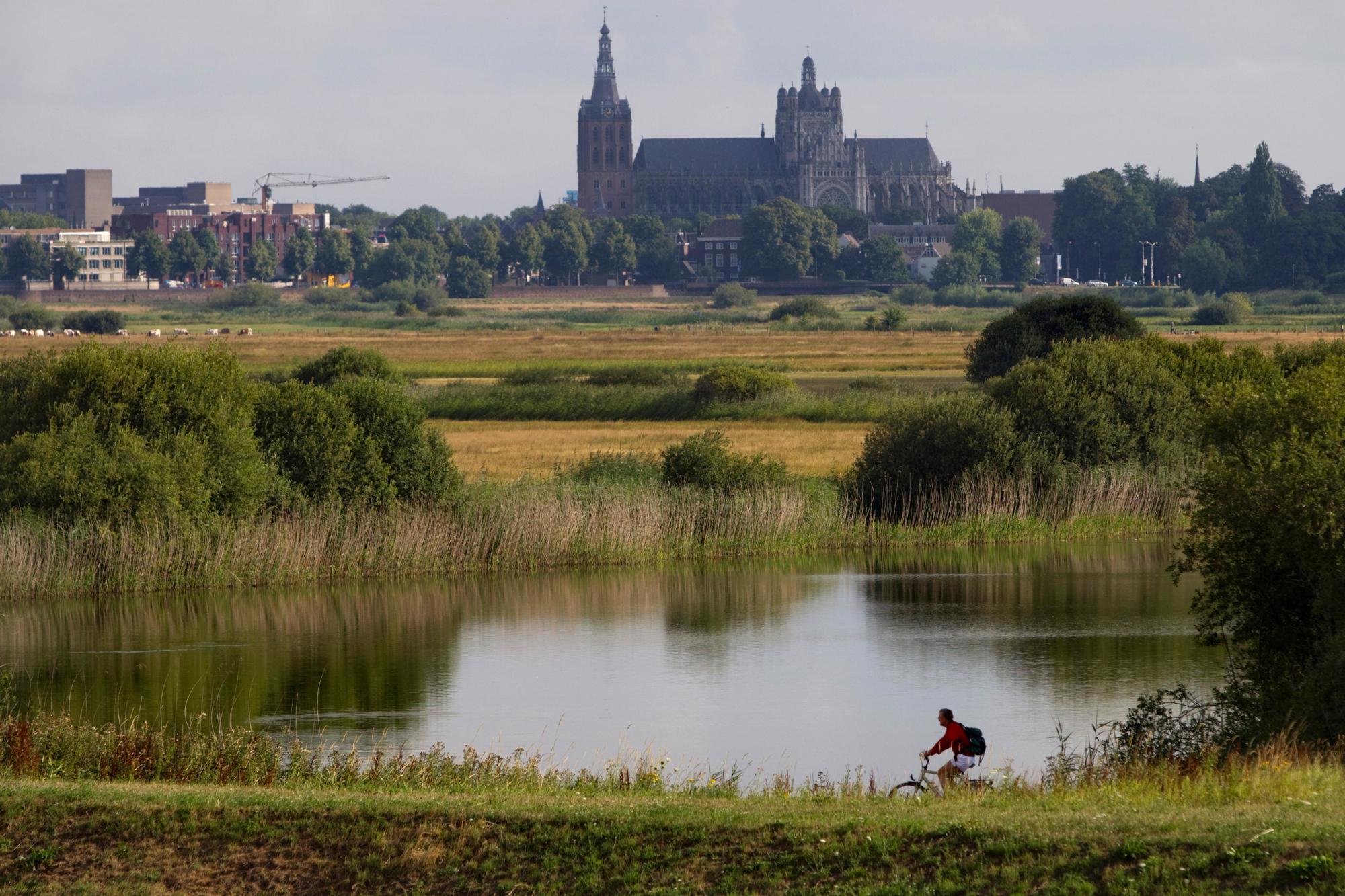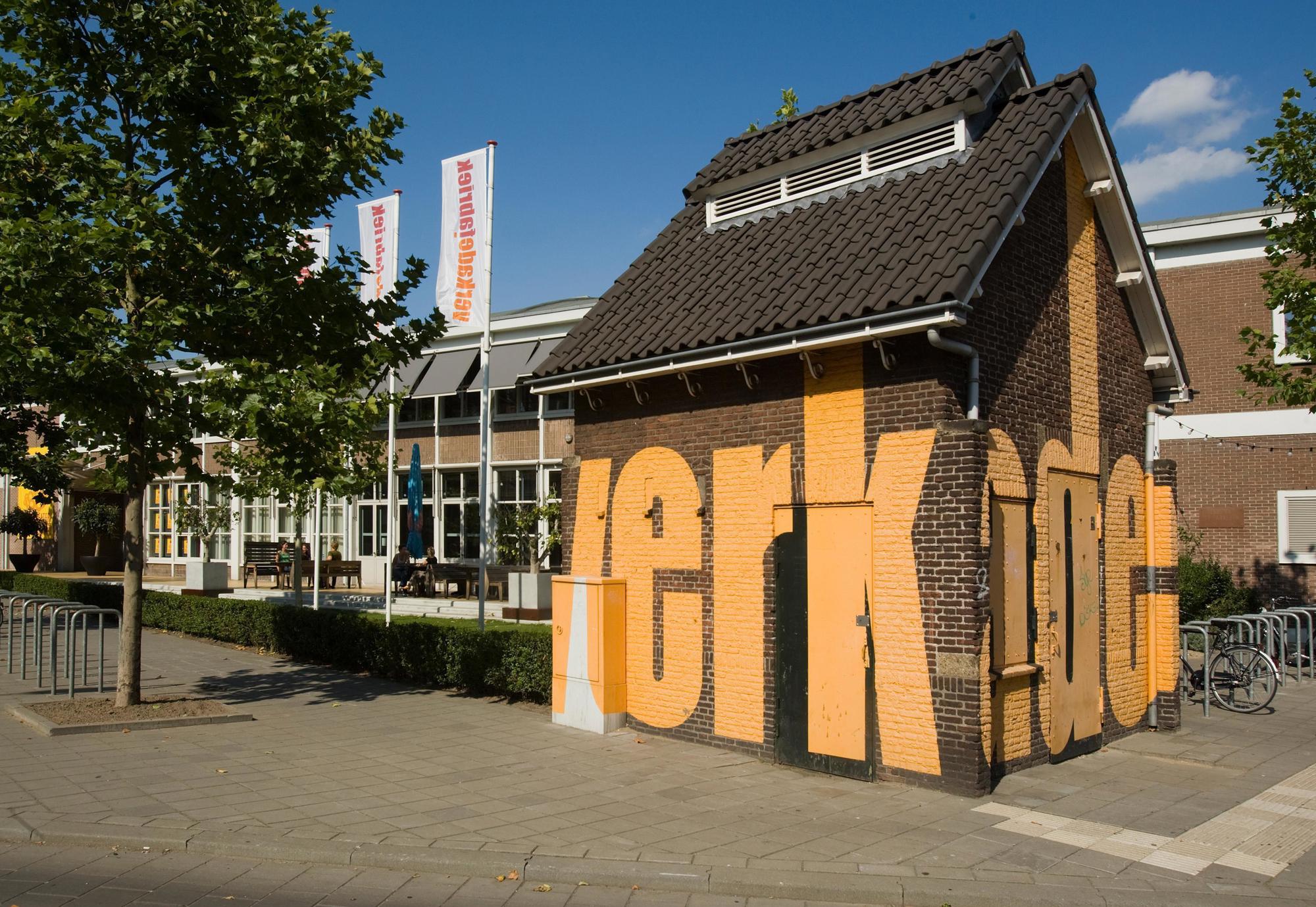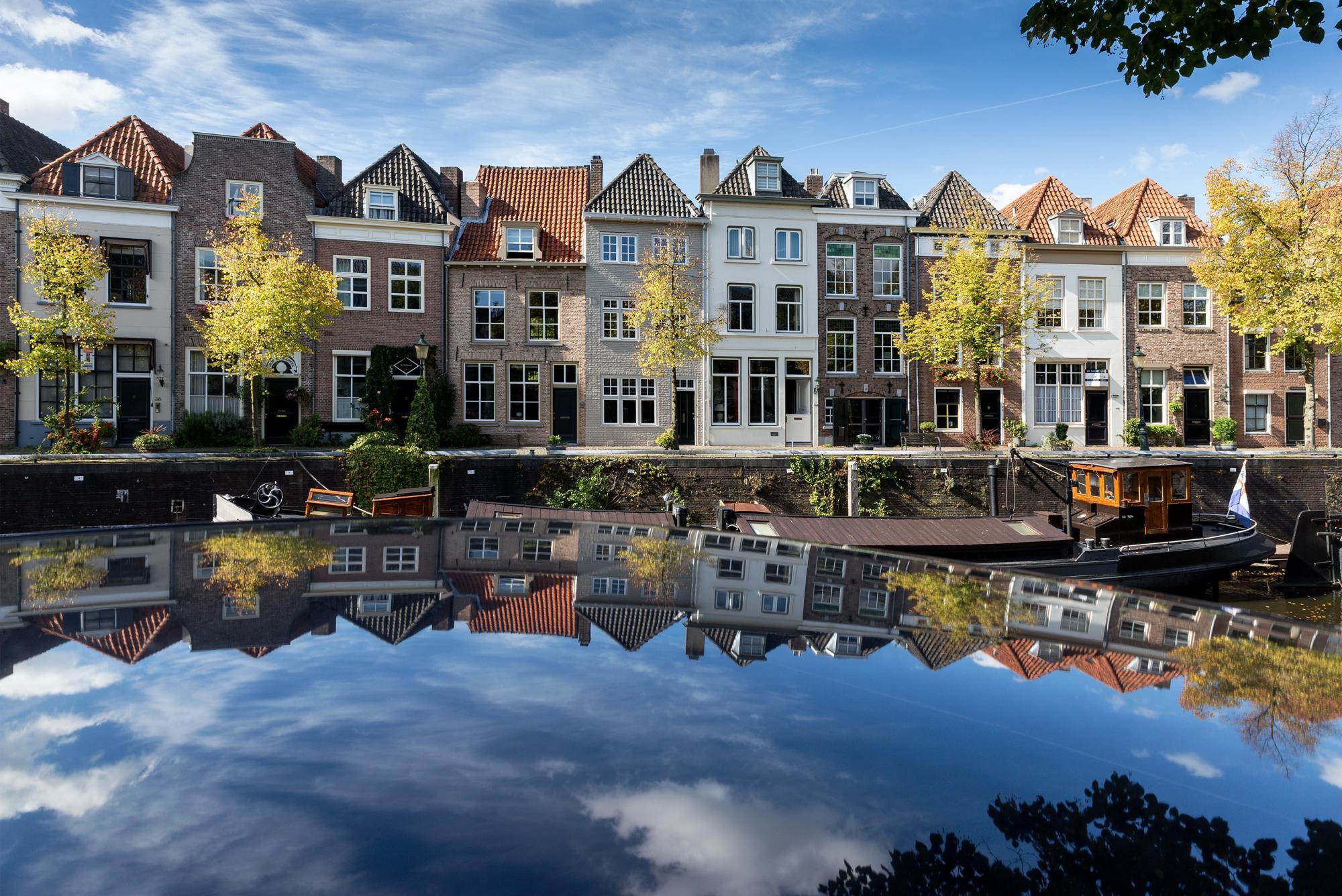's-Hertogenbosch, colloquially known as Den Bosch, is a city with a human touch. Wherever you go and whoever you are, you are warmly welcomed. Because the people of Den Bosch take pride in their city and cherish its rich history. At the same time, they also keep up with the times.
's-Hertogenbosch, colloquially known as Den Bosch, is a city with a human touch. Wherever you go and whoever you are, you are warmly welcomed. Because the people of Den Bosch take pride in their city and cherish its rich history. At the same time, they also keep up with the times. It's no coincidence that the capital of Brabant positions itself as the 'city of history, city of tomorrow.' Because tomorrow doesn't happen by itself. 'Tomorrow' demands something from people together.
Together, you achieve more than alone. This is something Den Bosch has proven time and time again. The city excels in the art of uniting. With imagination, determination, and zest for life, they are building the cathedrals of tomorrow today. Each person playing their own role and taking responsibility. In Den Bosch, they have 'Zin in Morgen' (a desire for tomorrow).

The city of the Sint-Jan, the Binnendieze, and the Bossche Bol – to name a few attractions – was a garrison town until 1877. The local businesses benefited from the many soldiers stationed there. The presence of high-ranking military personnel laid the foundation for cultural life. Den Bosch still proudly calls itself 'the cultural city of the south.' The Noordbrabants Museum, Design Museum, Jheronimus Bosch Art Center, and Museum Slager attract hundreds of thousands of visitors from home and abroad each year. Events like Jazz in Duketown, the Oeteldonk Carnival, Theaterfestival Boulevard, and Bourgondisch Den Bosch are also major draws.
Just like the city center itself, where you stroll through a historical backdrop. The city center is one of the oldest and most complete in the Netherlands. It is also the largest fortified area in our country, with the Bossche Broek as its green backyard – once an impregnable defense work, now a unique nature reserve. In the old center, a bit further on, monuments remind us of the city's most prosperous period: the late Middle Ages. It's filled with picturesque alleys, stately facades, and eye-catching architecture. But those who only think of history when they think of Den Bosch are mistaken. It's also full of trendy restaurants and wine bars, concept stores and boutiques, design and lifestyle hotspots. On the raw edge of the city center is the Tramkade with the Verkadefabriek, the Werkwarenhuis, and Social Label.

In addition to being a cultural city, Den Bosch also calls itself a data city. And for good reason. The city is home to a rapidly growing number of ICT companies and is a co-initiator of the data science university JADS and Data Week NL. In Den Bosch, they understand that modern science is based on the massive amount of data generated worldwide. 'Data science' and entrepreneurship are the driving forces behind innovations. This doesn't mean, however, that Den Bosch loses itself in high-tech. The Spark Makers Zone, a modern workshop for innovative craftsmanship, is proof of that. The combination of technology and machinery makes it possible to prototype ideas and create tangible products and parts. From data to product.

You can copy the full text of this story for free at the touch of a button